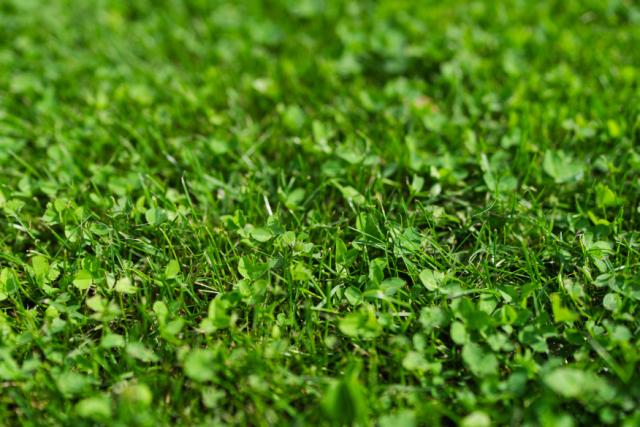Biodiversity and Ecosystems
Biodiversity encompasses more than just the number of species; it represents the complex network of interactions that underpins the existence of life and ensures the functioning of our planetary system. Soil degradation, air pollution, and water contamination intensify the ecological crisis, making it increasingly difficult for organisms to live in their natural habitats.
These repercussions extend through ecosystems, disrupting the delicate equilibrium of life and impacting our well-being. These ecosystems are the foundation of our environmental stability and upon which agricultural productivity rest.

Our Relationship With Biodiversity and Healthy Ecosystems
Biodiversity and ecosystems are pivotal to us for several reasons. Ecosystems rich in biodiversity demonstrate enhanced resilience to environmental fluctuations, providing a buffer against environmental disturbances. The production of our seeds is dependent on functioning ecosystems while our value chain and the use of our seeds could create a positive impact on them.
Our industry has an important role to play in the integrity of nature where it, through collaboration and understanding, can reduce negative impact to our surroundings and be a part of restoring it. One example could be through adapting to the forthcoming Nature Restoration Legislation from the EU, which requires that member states make progress in two out of three areas: the grassland butterfly index; agricultural land with high-diversity landscape features; and the stock of organic carbon in cropland.
Improving Biodiversity Through Our Business
DLF strive to contribute to improving diverse and robust ecosystems through our products and solutions. Our inclusion of native and biodiversity-supporting plants in our seed blends foster biodiversity. These mixtures not only enhance the aesthetic appeal of landscapes, but also offer vital resources to local wildlife. Grass pastures, particularly ones with native grasses or several species, create habitats more suitable for wildlife.
Incorporating grass pastures into intensive cropping systems has proven to be a cornerstone of regenerative agriculture, offering a dual benefit for both soil health and farm productivity. This practice not only revitalises the soil with increased organic matter and improved structure, but also reduces the need for synthetic inputs, leading to more resilient and productive farming systems.
Case Story: Restoration of Vegetation After Mining
Restoration endeavours on exploited lands, and specifically from mining operations, is often neglected. DLF is determined to contribute to restoration initiatives that revitalise degraded habitats. Our DuraVeg® program, under the PPG Wrightson Turf brand, has been a testament to our dedication. It encompasses projects ranging from mine reclamation to urban revegetation, all aimed at habitat restoration and resilience building.
Our innovative strategies, such as employing recycled wood fibre mulch and indigenous grasses, have garnered recognition at the International Erosion Control Conference where we received an award recognising our contribution to, among other things, the restoration of the open air “Globe Pit” mine on New Zealand’s South Island.
